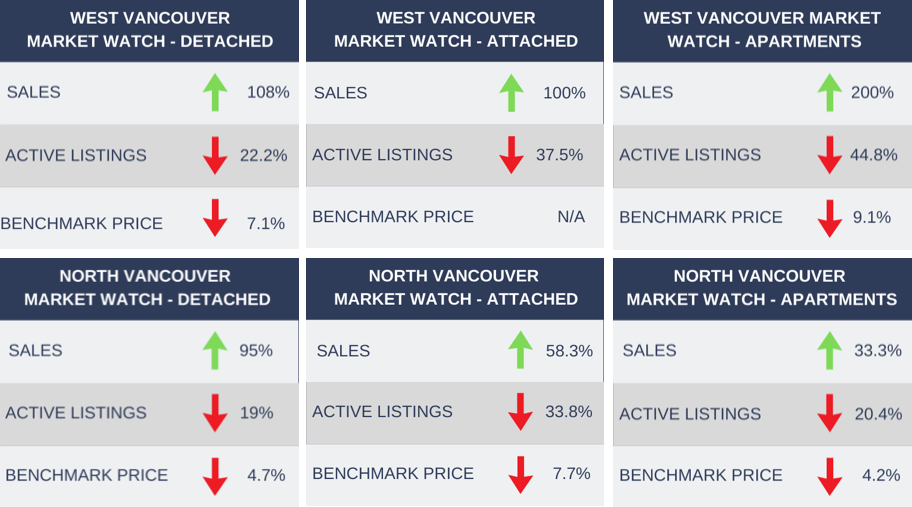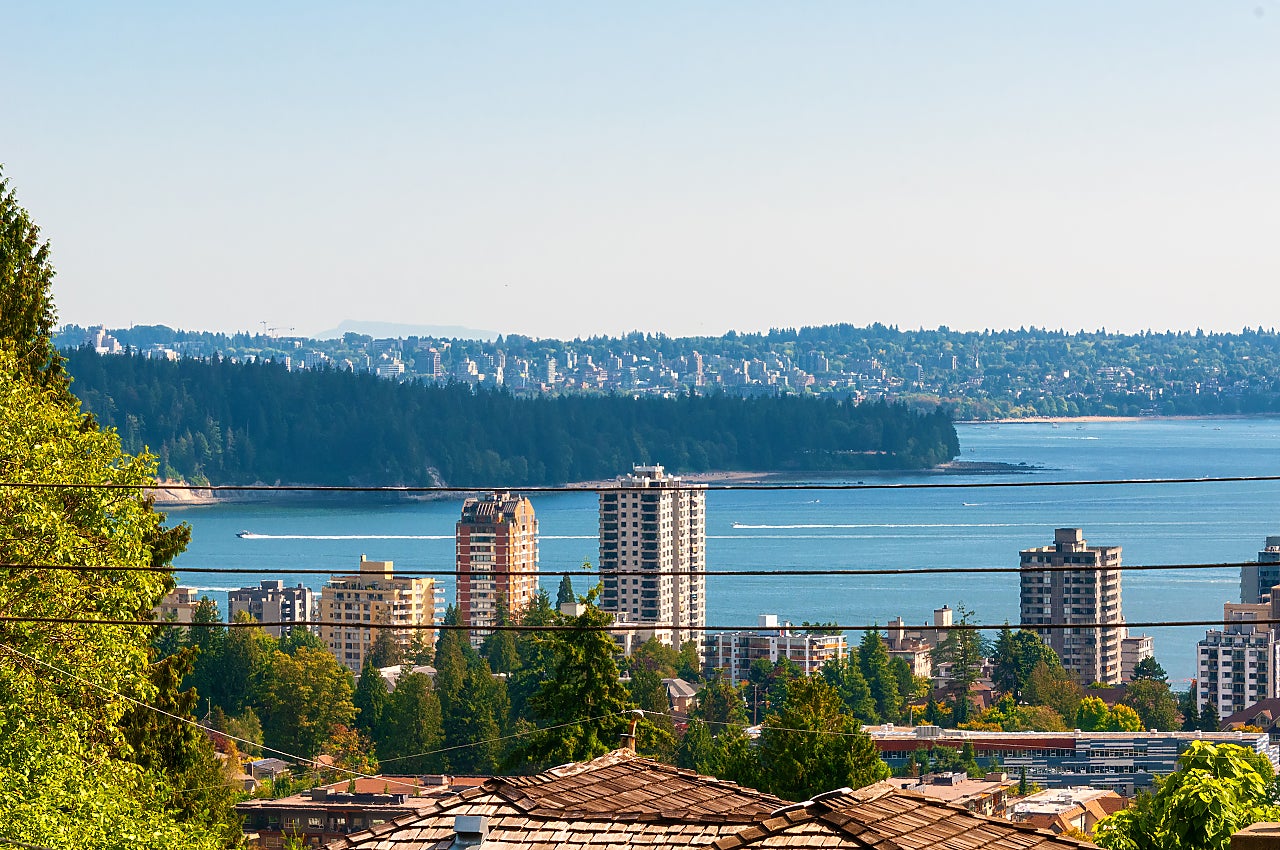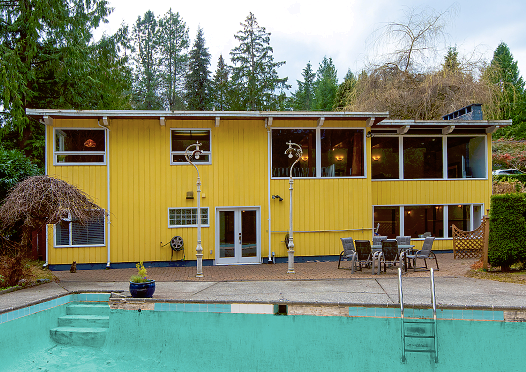IN THE DECEMBER ISSUE:
• 2020s: Eco-homes and the 'new' reality • A Character Home ready for development
• Secondary suites approved for townhouses • Real estate's 'Stats Story' for November

The 2020s: Expect ‘Green Houses’ movement to keep growing
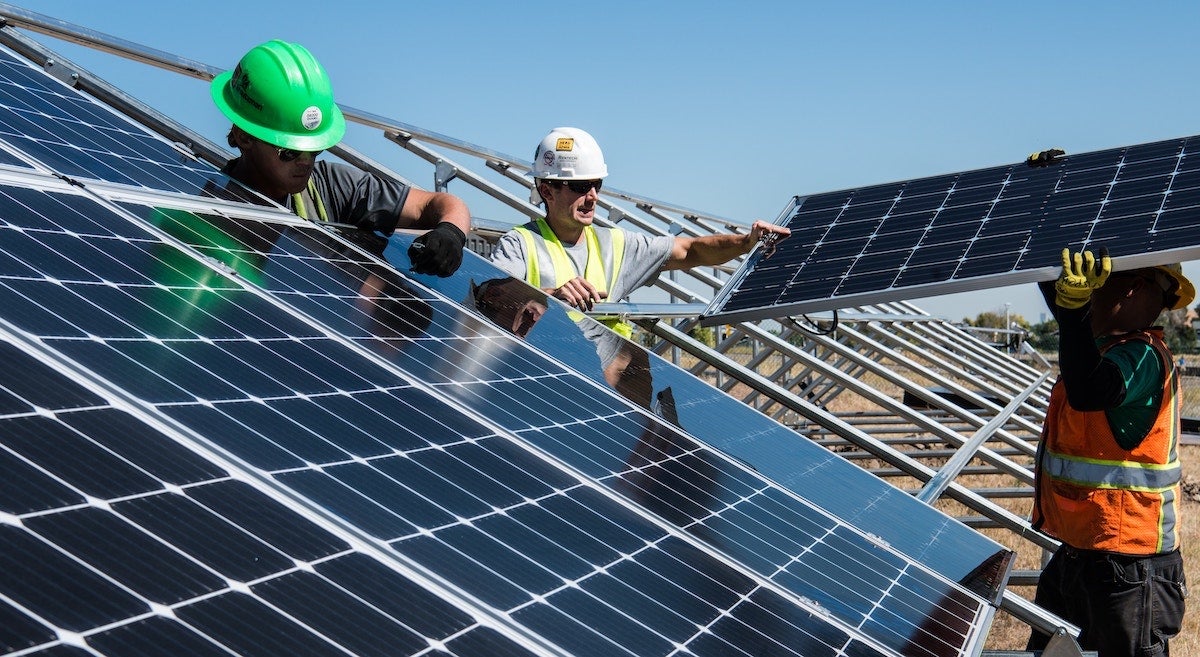 The countdown is on to midnight, the one when the big ball in New York slides to the ground at Times Square and with it comes a new year…only this time, a new DECADE — the 2020s. In part two of a series about the next decade, News From Nexus examines the “Eco Effect” and its possible impacts on housing.
The countdown is on to midnight, the one when the big ball in New York slides to the ground at Times Square and with it comes a new year…only this time, a new DECADE — the 2020s. In part two of a series about the next decade, News From Nexus examines the “Eco Effect” and its possible impacts on housing.Second in a series
In October a 16-year-old girl from Sweden, Greta Thunberg, was the focus of a climate rally at the Vancouver Art Gallery. Estimates were that more than ten thousand people jammed the downtown streets to listen to and to support her campaign for waking up the “non-eco world.”
A teenage activist is getting the world’s attention about climate change, arguably at the time when it is most needed.
Part of the change that is likely to gain traction through the 2020s is how houses are being built, or renovated, as eco-homes or modern-day “green houses.”
New-builds will cater to reducing carbon emissions from the housing industry. Where emissions are falling, generally, in some countries they are on the increase in housing. In Canada, a Prairie Climate Centre study (2017) reported that 45 per cent of the nation’s emissions come from burning fuel for energy (like electricity and heat). In the United Kingdom, estimates are that housing accounts for 25 per cent of greenhouse gas emissions.
Part of the change that is likely to gain traction through the 2020s is how houses are being built, or renovated, as eco-homes or modern-day “green houses.”
New-builds will cater to reducing carbon emissions from the housing industry. Where emissions are falling, generally, in some countries they are on the increase in housing. In Canada, a Prairie Climate Centre study (2017) reported that 45 per cent of the nation’s emissions come from burning fuel for energy (like electricity and heat). In the United Kingdom, estimates are that housing accounts for 25 per cent of greenhouse gas emissions.
The goal is to make homes “carbon net zero.” For existing homes, it’s an expensive proposition to re-fit houses with things like solar panels, triple-glazed windows, air-source heat pumps and eco-friendly roofing. For new-builds, it’s not only less expensive but there is existing software designed to estimate cost differential between building materials, and how each impacts the environment.
This is an opportunity for the industry to get good at making houses eco-friendly, to get the economic ducks in a row as what is already an enormous number of people who care about environmental impact continues to grow.
For home owners who are interested in renovating to live in more of a “green house” there are small ways, among them using less water, closing blinds in summer, having smart meters controlling heat in winter and planting more trees.
A future “green house” is also likely to have solar panels, energy-efficient windows and doors, geo-thermal heating, grey water recovery for recycling and perhaps even wind turbines on the roof.
In time, “eco results” become “economic results” and that’s expected to be the case in real estate.
The movement will likely be driven by young people, who like Greta Thunberg, will demand eco-friendly strategies in all walks of life because it is their future and because, in growing numbers, they wear “green credentials” as a badge of not just honour but necessity. It will be interesting to see how much of that change happens in the 2020s.
This is an opportunity for the industry to get good at making houses eco-friendly, to get the economic ducks in a row as what is already an enormous number of people who care about environmental impact continues to grow.
For home owners who are interested in renovating to live in more of a “green house” there are small ways, among them using less water, closing blinds in summer, having smart meters controlling heat in winter and planting more trees.
A future “green house” is also likely to have solar panels, energy-efficient windows and doors, geo-thermal heating, grey water recovery for recycling and perhaps even wind turbines on the roof.
In time, “eco results” become “economic results” and that’s expected to be the case in real estate.
The movement will likely be driven by young people, who like Greta Thunberg, will demand eco-friendly strategies in all walks of life because it is their future and because, in growing numbers, they wear “green credentials” as a badge of not just honour but necessity. It will be interesting to see how much of that change happens in the 2020s.
Next month: Corporate neighbourhoods of the 2020s
photo credits: Annie Spratt (top photo) and Science in HD (solar pens), both on Unsplash
photo credits: Annie Spratt (top photo) and Science in HD (solar pens), both on Unsplash

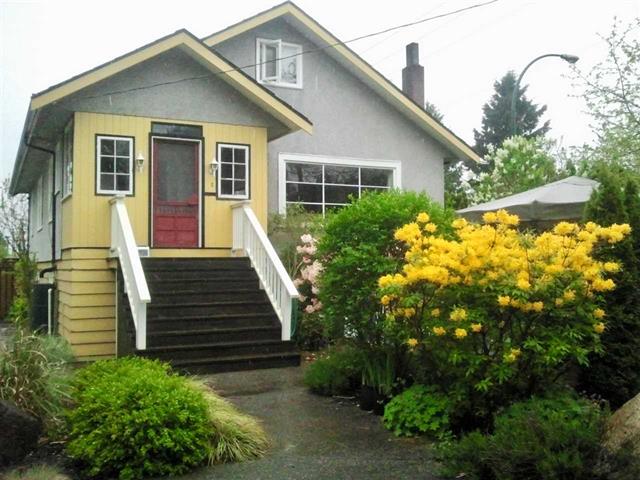
Character Home now a work in progress
This is a Character Home in Vancouver. With more than 3,000 square feet of living space (for now), it sits on a lot of 9,180 square feet and it will soon be 100 years old.
The home was purchased by a Nexus Realty client who was intrigued by the Character Retention Program that we have been writing about for several months.
The home was purchased by a Nexus Realty client who was intrigued by the Character Retention Program that we have been writing about for several months.
Nexus connected the people and the property.
Just over a month ago, the new owner took possession, and now the process is underway. In accordance with the Character Home regulations, it is being renovated and updated with a plan to increase the development and the density on the property.
Eventually, it’s a property that will be home to more than one family.
This development of Character Homes is an exciting opportunity in the City of Vancouver, so much so that we regularly list on the Nexus website homes that are for sale and available for making living more affordable, more valuable and potentially more profitable.
Just over a month ago, the new owner took possession, and now the process is underway. In accordance with the Character Home regulations, it is being renovated and updated with a plan to increase the development and the density on the property.
Eventually, it’s a property that will be home to more than one family.
This development of Character Homes is an exciting opportunity in the City of Vancouver, so much so that we regularly list on the Nexus website homes that are for sale and available for making living more affordable, more valuable and potentially more profitable.
Nexus knows Character Homes, and what to do with them, as part of its policy of “Connecting People with Property.”
There will be more details about this Character Home and its development in future editions of this newsletter, News From Nexus.
There will be more details about this Character Home and its development in future editions of this newsletter, News From Nexus.

What our clients are saying...
“When we were ready to buy, Dale and Jennifer did such a great job of educating us. A big part of it was the knowledge on the different neighbourhoods — even talking to neighbours. We had such good conversations in advance that when something came up we were really well-educated. I felt like a realtor! They're the best!”— Brian and Char Fox, Burnaby

Another step down the road of affordable housing
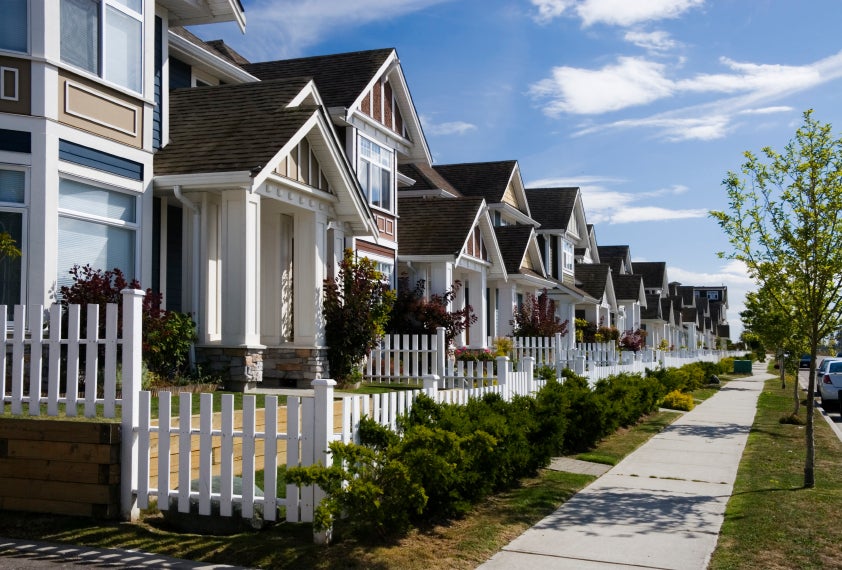 In what is a sign of the times, municipalities throughout the Lower Mainland will now have the opportunity to approve “secondary suites” in multi-family buildings, as a way to help alleviate the affordable housing shortage.
In what is a sign of the times, municipalities throughout the Lower Mainland will now have the opportunity to approve “secondary suites” in multi-family buildings, as a way to help alleviate the affordable housing shortage.Until this month, provincial government legislation prohibited secondary suites in townhouses, duplexes and row housing. In single-family dwellings, such “mortgage helpers” had to conform to the standards and bylaws of the local governments. Apartments cannot be used for secondary suites.
Now, local governments will be able to amend their own bylaws to allow secondary suites in multi-facility buildings.
The trickle-down effect of this could impact real estate sales. Buyers might find purchasing property more desirable if it includes a secondary suite…and sellers might be able to start with a higher asking price for the same reason.
Having more secondary suites available means more rental housing, and LandlordBC estimates that they represent two-thirds of all rental housing.
Size restrictions for the suites is also being removed from the provincial building code — there is no minimum size — giving local governments the ability to set their own restrictions. The building code applies everywhere except both some federal lands and the City of Vancouver.
There is a critical need for more affordable housing.
“We need more homes, more rental homes, and we’re not building tonnes of purpose-built rental, which is really what we would like to see more of,” says LandlordBC’s CEO, David Hutniak.
Secondary suites will have to meet health, safety and energy-efficiency standards. New-builds will also be held to a carbon-footprint standard that is part of B.C.’s energy step code, which identifies an efficiency target and allows the builder to decide how to meet it.
Energy step code requirements currently apply for hospitals, schools, community centres and university classrooms. The goal is that all new buildings in the province will be “net zero energy ready” by 2032.

When they decided to sell their home on Vancouver’s West Side, Mike and Carolyn Weiler enlisted the services of Nexus Realty. They were so happy with the service that they are avid followers.
After reading the first instalment of the "2020s" series in last month's issue of News From Nexus, about integrated societies living in the same community, the Weilers felt they were ahead of the crowd:
“Carolyn and I are the lucky ones who downsized but remained in our neighbourhood,” said Mike. “I walk to pick up the mail at Dunbar and 27th every day and usually run into some neighbour friend, and my role as a referee in the program at the Arbutus Club keeps me young working with young people, which in itself keeps us young!”
Energy step code requirements currently apply for hospitals, schools, community centres and university classrooms. The goal is that all new buildings in the province will be “net zero energy ready” by 2032.

Happiness is...an integrated neighbourhood
When they decided to sell their home on Vancouver’s West Side, Mike and Carolyn Weiler enlisted the services of Nexus Realty. They were so happy with the service that they are avid followers.After reading the first instalment of the "2020s" series in last month's issue of News From Nexus, about integrated societies living in the same community, the Weilers felt they were ahead of the crowd:
“Carolyn and I are the lucky ones who downsized but remained in our neighbourhood,” said Mike. “I walk to pick up the mail at Dunbar and 27th every day and usually run into some neighbour friend, and my role as a referee in the program at the Arbutus Club keeps me young working with young people, which in itself keeps us young!”

More listings an asset to balancing buyer confidence in Lower Mainland
Now that the buying end of the real estate market appears to have stabilized in Greater Vancouver, the next question is whether the selling end will keep pace. Put it this way: the number of buyers is up, the places to buy are not.
Yet.
That’s this month’s message from the Real Estate Board of Greater Vancouver (REBGV). Nowhere is it more evident than in the four neighbourhoods we track statistically in News From Nexus, our monthly newsletter: West Vancouver, North Vancouver, Vancouver East and Vancouver West. Each has three categories of housing: detached, attached and apartments.
Yet.
That’s this month’s message from the Real Estate Board of Greater Vancouver (REBGV). Nowhere is it more evident than in the four neighbourhoods we track statistically in News From Nexus, our monthly newsletter: West Vancouver, North Vancouver, Vancouver East and Vancouver West. Each has three categories of housing: detached, attached and apartments.
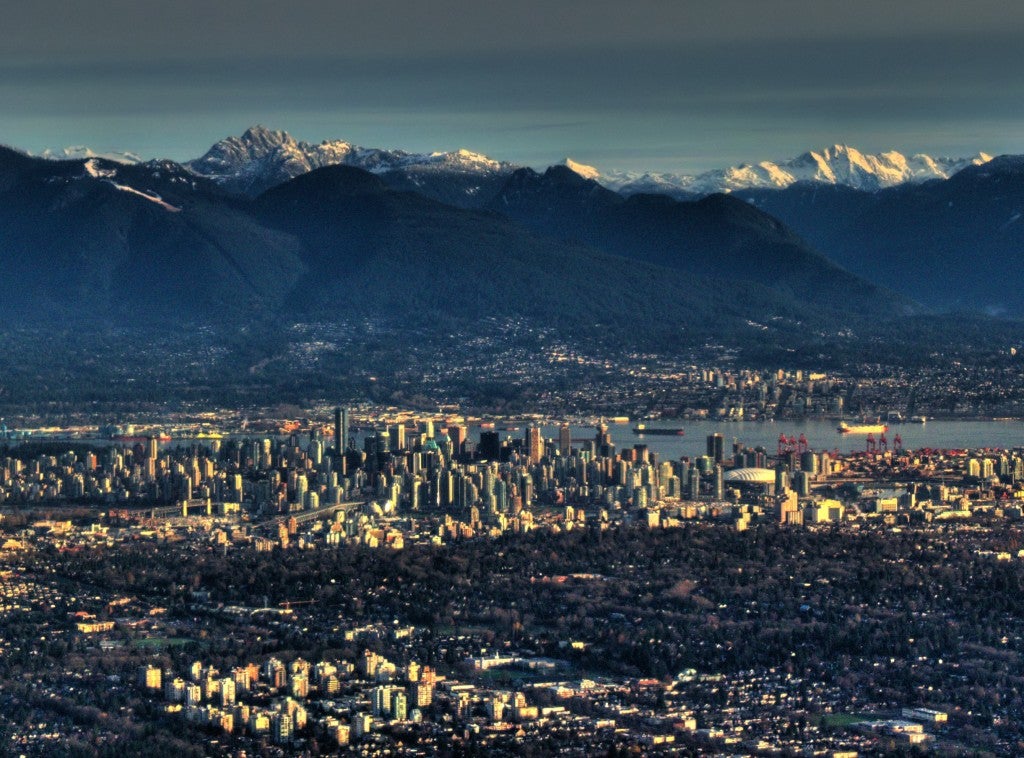 In all, that’s 12 categories. Comparing Novembers, sales were up in all 12. Listings were down in 11, and exactly even in the 12th.
In all, that’s 12 categories. Comparing Novembers, sales were up in all 12. Listings were down in 11, and exactly even in the 12th.Meanwhile, in Greater Vancouver as a whole, residential home sales in November jumped 55.3 per cent from last November while the number of homes newly listed dropped by 13.7 per cent, resulting in 12.5 per cent fewer homes listed compared to the same month in 2018.
Both sales and listings were down from the previous month this year, October, when the market first showed real signs of recovery — this is a traditional trend almost every October and November. Sales were down 12.6 per cent from October to November; listings were down 26.7 per cent.
Compared to last November, the inventory of homes for sale is down 12.5 per cent.
The REBGV’s analysis of the November statistics is that real estate activity — based on Multiple Listing Service® (MLS®) in Metro Vancouver — has returned to “historically typical levels.”
In its monthly release, the board added:
“We started to see more home buyer confidence in the summer and this trend continues today. It’ll be important to watch home listing levels over the next few months to see if supply can stay in line with home buyer demand.”
The November-to-November comparisons also showed sales increases of 59.9 per cent for both detached and attached homes (townhouses), and 50.9 per cent for apartments.
Also promising is the sales-to-active listings ratios for last month:
• 17.2 per cent for detached homes
• 24.9 per cent for townhomes
• 29.3 per cent for apartments.
Generally, analysts say home prices often rise when the ratio surpasses 20 per cent over several months.
All of which should be encouraging to home owners who are interested in selling their homes, but haven’t yet taken that step.


has 13,604 square feet and is listed at $5.9 million, and the biggest home for sale in Toronto
(Timberlane Drive) has 5,000+ square feet and is listed at $4.5 million?

Real Estate Monthly Statistics
The following statistics for West Vancouver, North Vancouver, Vancouver West and Vancouver East compare
November 2019 to November 2018 (note: sales refers to number of sales, not to sale prices).
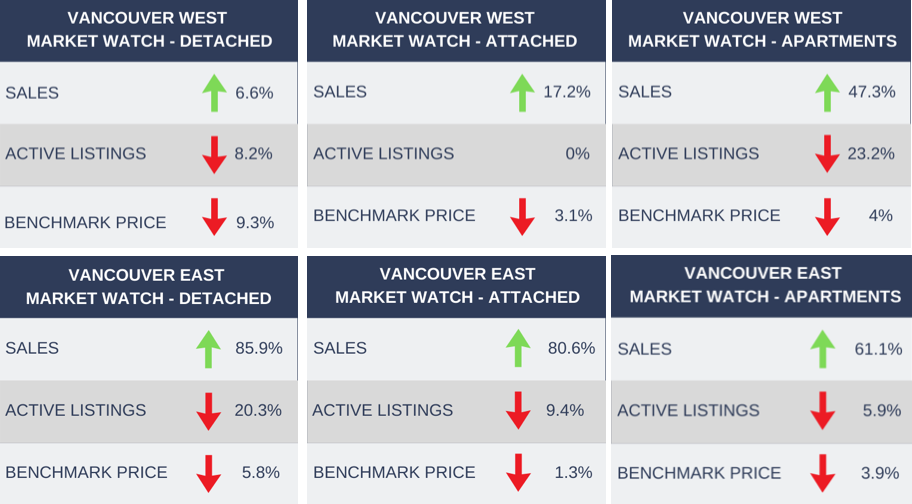
Benchmark Price: Estimated sale price of a benchmark property. Benchmarks represent a typical property
within each market. To see more information on local stats, please Click Here.

